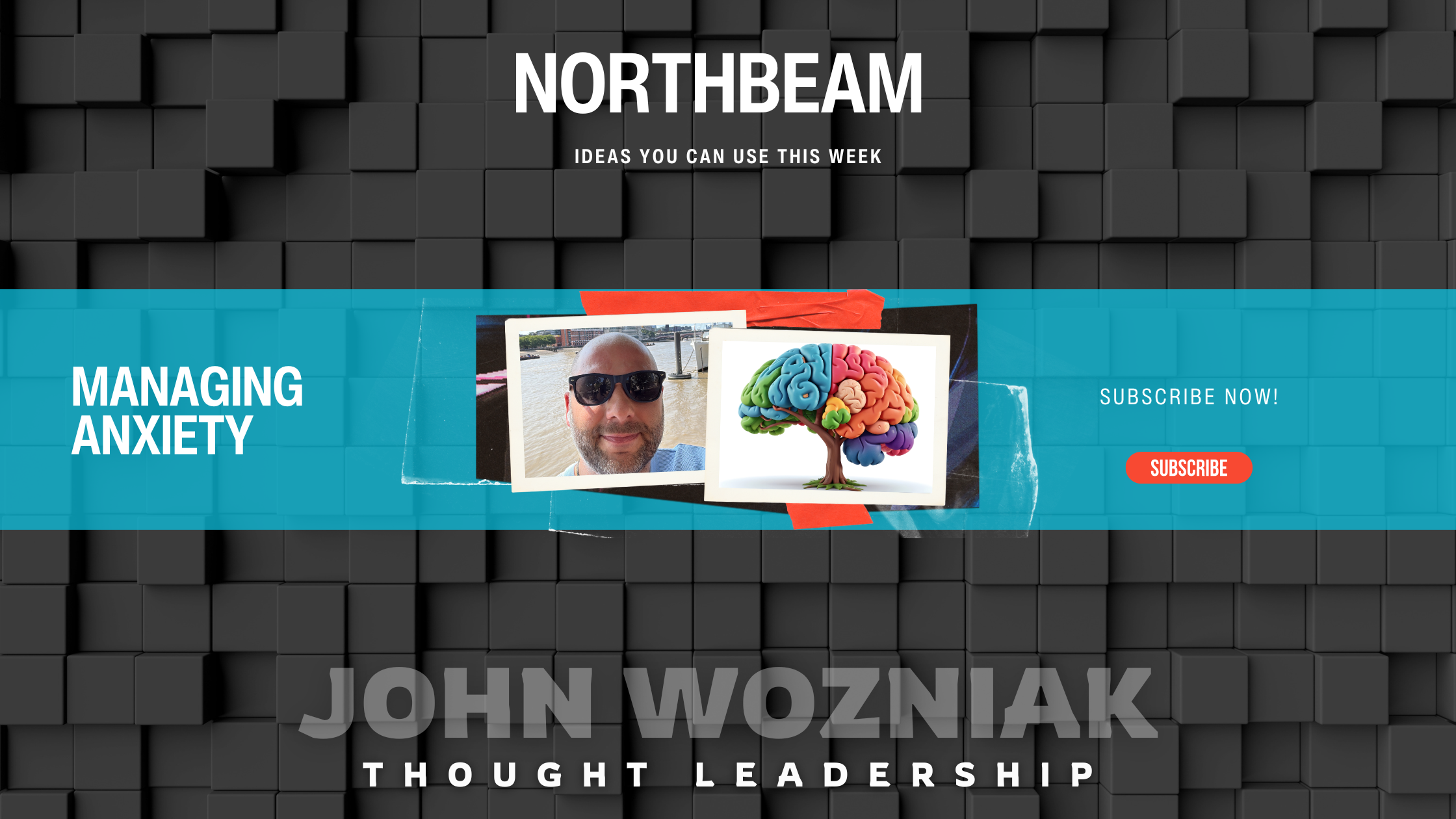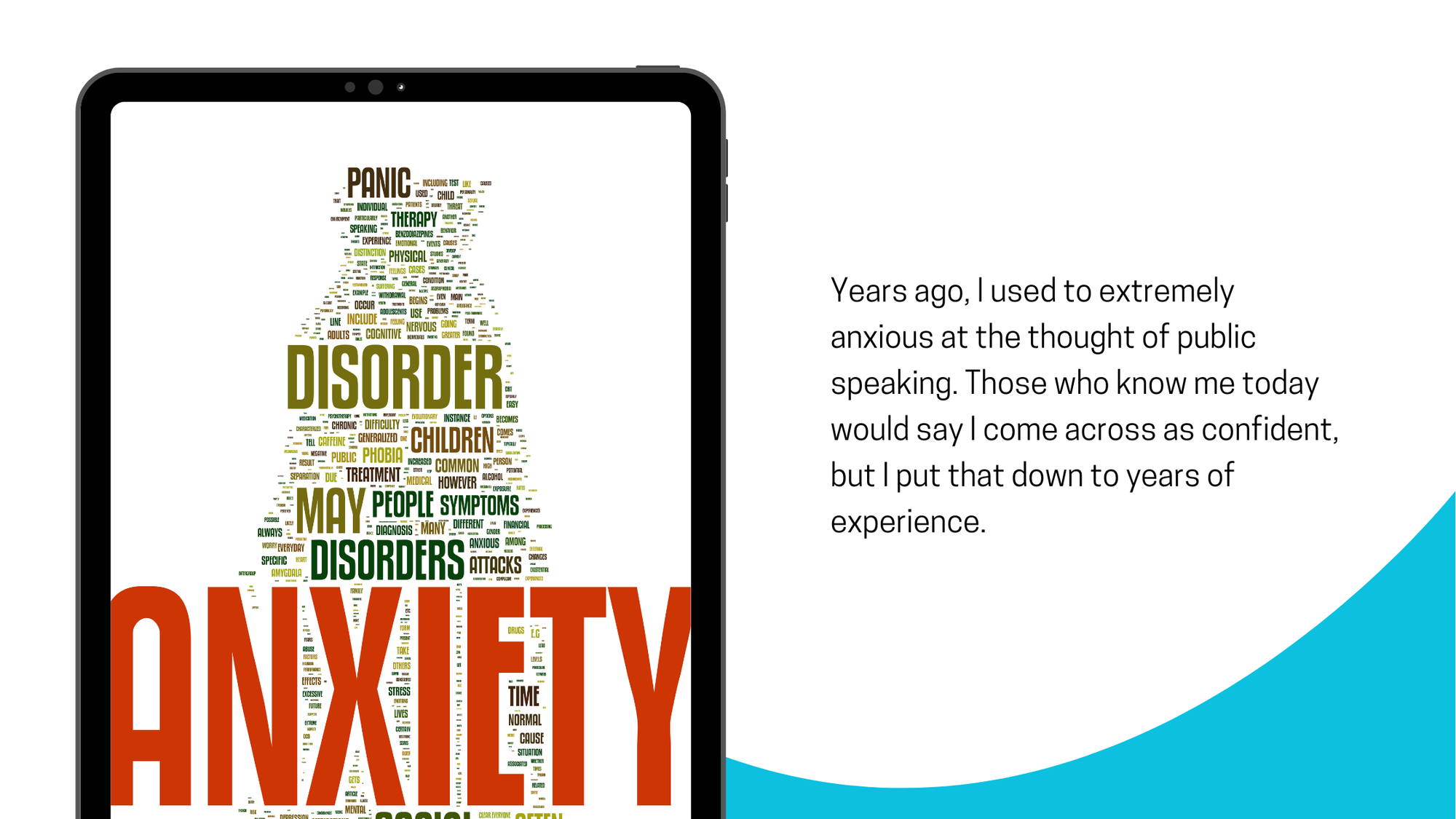How I Manage Anxiety in High-Pressure Environments

Practical Tools to Stay Calm Under Pressure
This week's Northbeam post is free.
Pressure is part of life. Sometimes it is real, other times it is self-inflicted. The weight on our shoulders can come from deadlines, relationships, exams, or even imagined situations that never play out. In my experience, it is often the imagined circumstances that are the most damaging.
Psychological pressure happens when we feel the need to meet expectations, perform at our best, or make crucial decisions. Left unchecked, this pressure interferes with both our decision-making and our emotional state. Stoic principles remind us to focus only on what we can control. Simple to say, hard to live.

Years ago, I used to extremely anxious at the thought of public speaking. Those who know me today would say I come across as confident, but I put that down to years of experience. Earlier this year, I was tested again. I had to sit an online resit exam, invigilated by a third party. The enrolment process was painfully inefficient and the butterflies in my stomach almost took over.
The worst thing I could have done was panic. Instead, I gathered my thoughts, focused on what I could control, and I nailed the exam. That small victory earned me a key qualification for my role as a sustainability consultant.
In a very different chapter of my life, I joined the British Army at 16. The instructors pushed us hard, physically and mentally. From military training to rock climbing, canoeing, and ice climbing, we were constantly tested. The most important lesson I carried with me was this: shape your thoughts, or they will shape you.
I often write about kicking the Gremlin into touch. That imaginary voice that tells you you’re not good enough, that you’ll fail, that you’re out of your depth. The worst mistake is to believe it. A positive mindset helps you take the first step, but keeping yourself mentally healthy is what helps you stay the course.
Here are some of the tools that help me handle anxiety when the pressure is on:
Quick techniques to reset your body and mind
- Breathe properly: shallow breathing or holding your breath increases carbon dioxide, which pushes your body into panic. Slow, deep breaths reset your nervous system.
- Walk or stretch: physical movement releases tension and clears your mind.
- Progressive muscle relaxation: tense and release muscle groups to ease stress.
- Count backwards from ten: interrupts stress loops and restores calm.
Social and sensory strategies
- Talk to someone: perspective often shrinks the problem.
- Laugh or listen to music: both are instant mood shifters.
- Pet a pet: contact with animals lowers cortisol and releases oxytocin.
- Step outside: a change of environment works wonders.
Mindset tools
- Visualise success: picture how it looks and feels to get through the challenge.
- Guided meditation: a few minutes on an app can settle racing thoughts.
- Close your eyes: a 30-second pause to reset focus.
- Write it down: journaling reduces mental clutter.
All of these feed into what science calls the “happy chemicals”: dopamine (motivation), serotonin (calm), oxytocin (connection), and endorphins (natural painkillers). By moving, breathing, eating well, connecting, and resting, we give our body and mind the chemistry they need to face pressure with clarity.
The truth is, pressure never goes away. What changes is how we respond to it. Do we let the Gremlin win, or do we face it down with tools and habits that give us back control?
✅ Try this week: Pick one of the tools above—breathing, writing, or walking—and practise it before your next high-pressure moment.
Subscribe to our newsletter.
Be the first to know - subscribe today




Member discussion